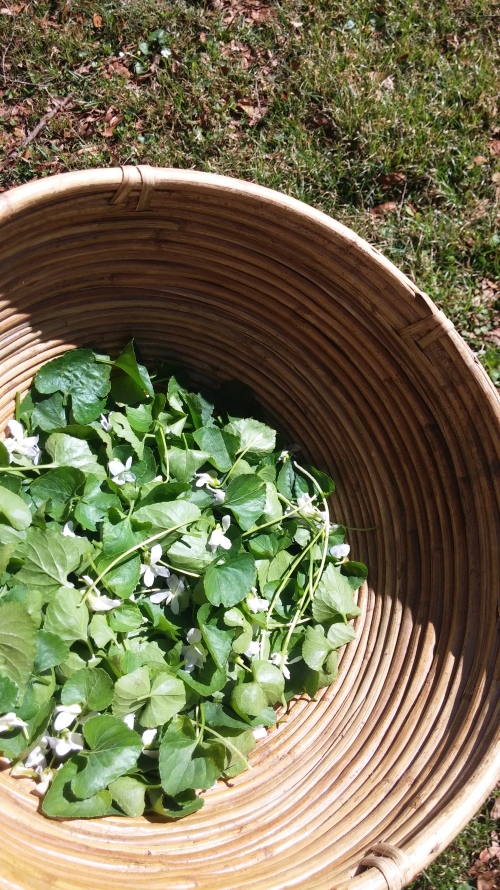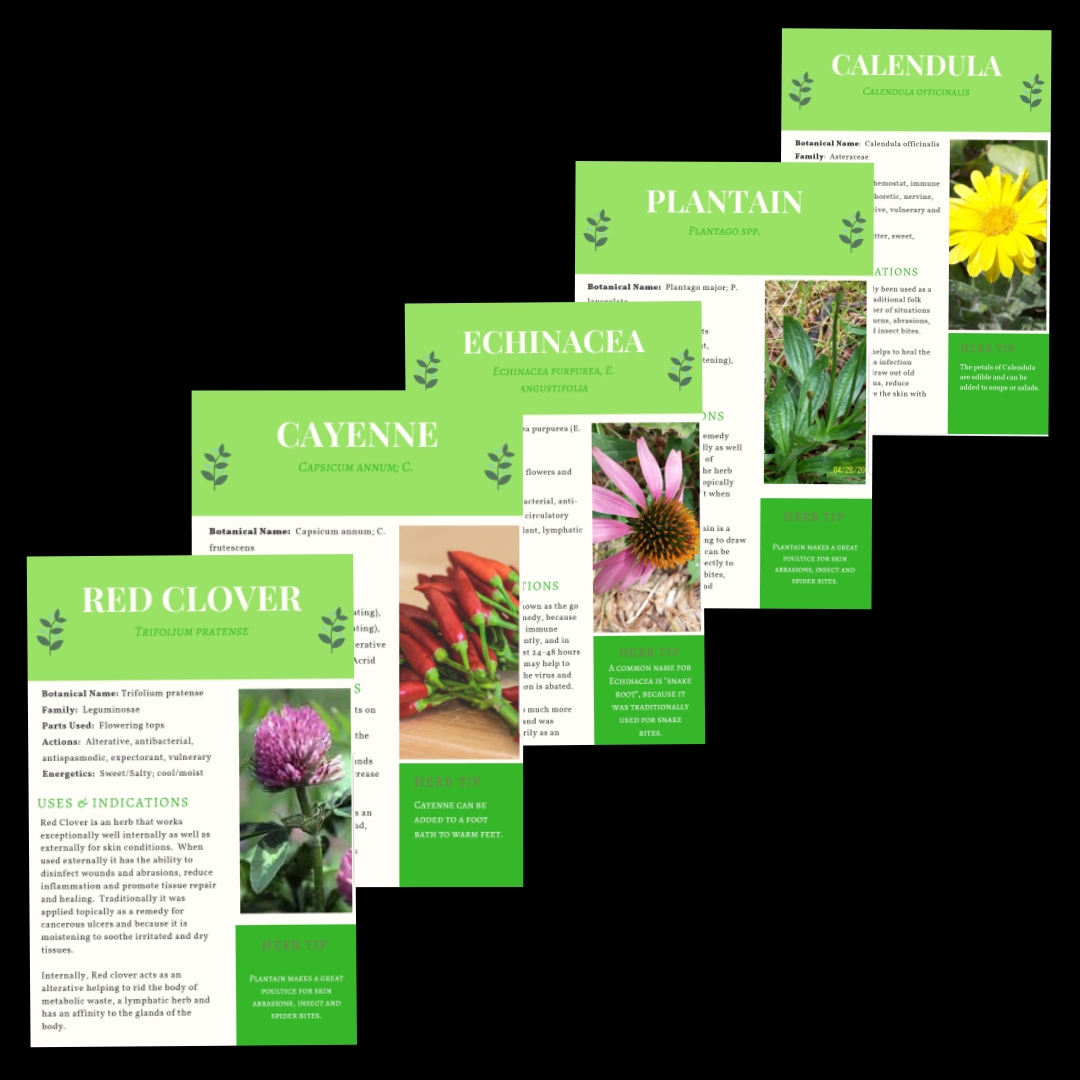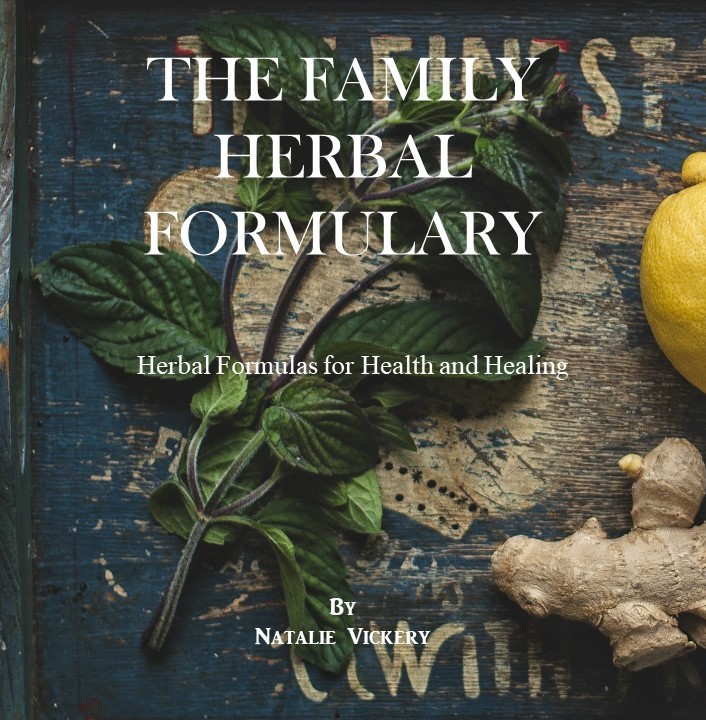 Spending time outside is something I often crave, especially during the winter months. Today, the weather was gorgeous so I went out to harvest the most beautiful little violets from under a big oak tree that grows on our property. As I was picking the delicate little heart shaped leaves, I was joined by a bumble bee who excitedly buzzed from flower to flower gathering nectar. What crossed my mind while sitting under that big oak tree. surrounded by those violets growing in the rich black soil, is how important it is for me to take care of this land that I harvest from. I made sure that I left plenty of flowers so that the bees had their share and picked the leaves and not the whole plant so that the plant continues to flourish.
Spending time outside is something I often crave, especially during the winter months. Today, the weather was gorgeous so I went out to harvest the most beautiful little violets from under a big oak tree that grows on our property. As I was picking the delicate little heart shaped leaves, I was joined by a bumble bee who excitedly buzzed from flower to flower gathering nectar. What crossed my mind while sitting under that big oak tree. surrounded by those violets growing in the rich black soil, is how important it is for me to take care of this land that I harvest from. I made sure that I left plenty of flowers so that the bees had their share and picked the leaves and not the whole plant so that the plant continues to flourish.
There are roughly 500 species of Violets (Viola spp.) that grow throughout the United States. In my area of North Florida, I know of five different species, but only use two of those medicinally and as a food source (V. sororia, V. villosa). It is important if you are going to harvest any plant that you make sure you have properly identified the correct genus and species.

Another thing that occurred to me as I picked and nibbled on the flowers (leaves and flowers are edible), is how fortunate I am to have Violets growing this time of year. During the winter, I get really dried out from the indoor heat and violet is a moistening plant which helps to counter that dryness. Violets are a “mucilaginous” plant, which basically means when crushed or infused in cool water, it becomes slimy and gooey. Since I’ve written about mucilaginous herbs before, I’ll just quote myself here;
“When used externally a mucilaginous herb is called an emollient and helps to soothe inflamed and irritated tissue. When taken internally a mucilaginous herb is called a demulcent. Either internally or externally that gooey substance will soothe irritation, help to reduce inflammation and help to stimulate the innate immune response.
If you think about conditions that are hot, inflamed, irritated and dry you can apply this action just by knowing about the benefits of mucilaginous plants. Some examples of plants with this mucilaginous quality include Plantain, Mallow’s, some Elm species, Cinnamon (to some extent), Violets, Mullein, Okra and Comfrey.”
 Violet is a wonderful herb to use to help reduce inflammation and to soothe irritation in a host of different conditions such as constipation (lubricates the bowels), sore throats, dry coughs, red and angry looking skin conditions, etc. As a lymphatic herb, it can help to reduce swollen glands, abscesses and has also been used topically for mastitis and fibrocystic breasts. (though I’ve not tried it for the latter two conditions).
Violet is a wonderful herb to use to help reduce inflammation and to soothe irritation in a host of different conditions such as constipation (lubricates the bowels), sore throats, dry coughs, red and angry looking skin conditions, etc. As a lymphatic herb, it can help to reduce swollen glands, abscesses and has also been used topically for mastitis and fibrocystic breasts. (though I’ve not tried it for the latter two conditions).
As I mentioned, the leaves and flowers are edible and can be added to salads, vinegar, as a thickener, candied, etc. Steeping the leaves and flowers over night helps to extract the vitamins and minerals from the plant as well as creating a tea rich in soluble fiber. Soluble fiber has numerous benefits to include:
- bulking up stool, increasing peristalsis and helping to ease constipation
- slows the absorption of sugar which may benefit those with diabetes
- creates a sense of fullness which may aid in weight loss
- is a prebiotic food source which helps to balance out friendly flora in the gut
- traps lipids (fats) and therefore may help to improve cholesterol levels and lipid metabolism

One of my favorite winter tea’s is a recipe I like to call, “Violet Immersion Tea”. Not only is this tea moistening, but it really has a great flavor which makes me enjoy drinking it throughout the winter.
Violet Immersion Tea
3 cups water
3 – 5 tbsp Violet leaves (Viola spp.) dried
1 tbsp Plantain leaves (Plantago spp.) dried
1 tbsp Hibiscus flowers (Hibiscus sabdariffa) dried
½ tbsp. Spearmint leaves (Mentha spicata) dried
Combine all herbs and pour boiling water on top. Steep covered for 20 – 30 minutes. You may leave this to steep longer to develop more of the mucilage which makes it even more moistening. You could also leave this until it cools completely to drink it cool or warm it back up. Strain and enjoy. May add a little honey for sweetness.
Another thing is that you can adjust the amount of the herbs to suit your taste. Experiment with this recipe and make it your own.
References and Additional Info:
Blankespoor, J. – http://chestnutherbs.com/violets-edible-and-medicinal-uses/
Mcdonald, J. – http://www.herbalremediesadvice.org/violet-herb.html
Vaughn, K. – http://www.henriettes-herb.com/articles/viola.html
Vickery, N. – https://thefamilyherbalist.wordpress.com/2011/03/11/celebrating-spring-with-violets/
A Modern Herbal – http://www.botanical.com/botanical/mgmh/v/vioswe12.html#med
Edible Recipes using Violets:
Violet Jelly – http://www.healthygreenkitchen.com/violet-jelly.html
Candied Violets – http://userealbutter.com/2014/05/04/candied-violets-recipe/
Violet Lemonade – http://kitchenlane.com/2014/05/wild-violets-make-violet-lemonade.html
Old Fashioned Sweet Violet Syrup – http://www.lavenderandlovage.com/2012/02/old-fashioned-sweet-violet-syrup-for-easter-mothering-sunday-cakes-bakes.html







